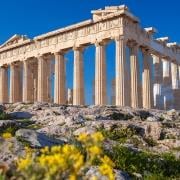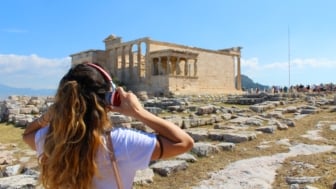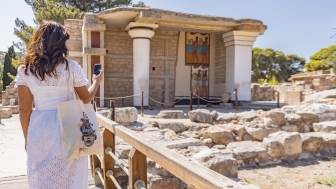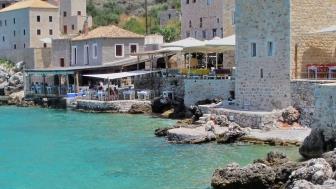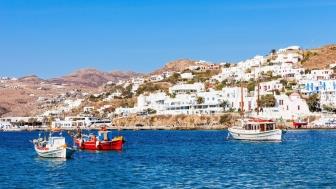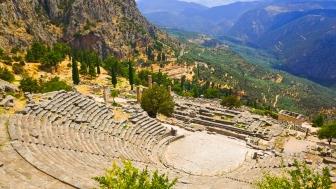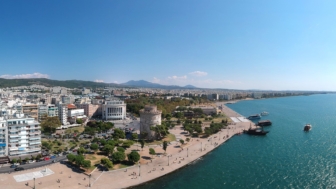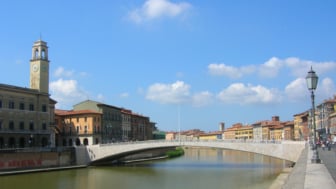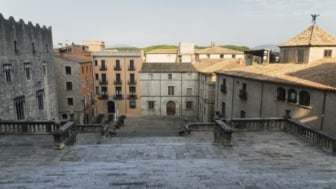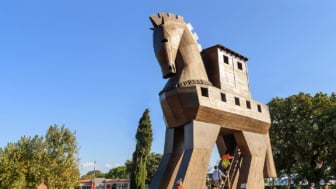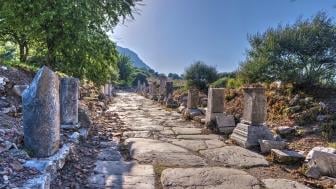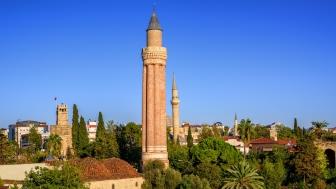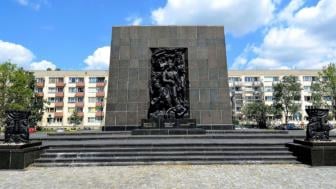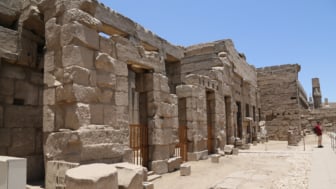The esteemed war for control of the city of Troy between the Trojans and the Greeks was a true epic. It is believed by some to be naught more than a fiction like the mythology it centers around, while others believe the war and its heroes actually happened and existed.
The 19th century proved the latter to be true. Evidence now reveals that there are not one, but nine Troys, each built over the ruins of the one prior. The seventh layer is believed to be the most likely of them all for the site of Homer’s Iliad. Quite fascinating.
Let us examine 7 facts about the Trojan War of Homer you may not yet know and then we will look at what the histories say.
#1 There were three sides in the war, not two
There were the Trojans. There were the Greeks. And there was Achilles. Let us begin with the Trojans.
The Trojans
King Priam headed Troy as he sat behind closed quarters, plotting with his allies—a long list of neighboring factions including the Thracians and Maionians—to defend the great city. King Priam headed Troy, yes, but his son, Hektor, was the one at the helm of the army. According to Homer, the Trojans also had assistance from Apollo, Artemis, Aphrodite, Ares, Leto, Scamander, and Zeus. And then there was Paris, also called Alexander, also a son of King Priam and Queen Hecuba. Not much of a fighter, himself, as compared to his brother, Hektor, but we will soon explore how he played an imminent role in the war. Aeneas, the second cousin to Hektor and Paris, also played a considerable role, though not really till after the war.
The Greeks
The Greeks were led by King Agamemnon of Mycenae, a most fearsome king of the time, and a host of men from a plethora of regions and cities like Sparta, Athens, Crete, Rhodes, and Corinth. 1.186 ships made up the Greek naval fleet that sailed to Troy. Assuming each held 50 men, that is well over 50.000 at the least that made up their fighting force. Additionally, according to Homer, Athena, Poseidon, Hera, Hephaestus, Hermes, and Thetis assisted the Greeks. They also had well-known warriors on their side like Odysseus, Ajax, Patroklos, and Antilokus.
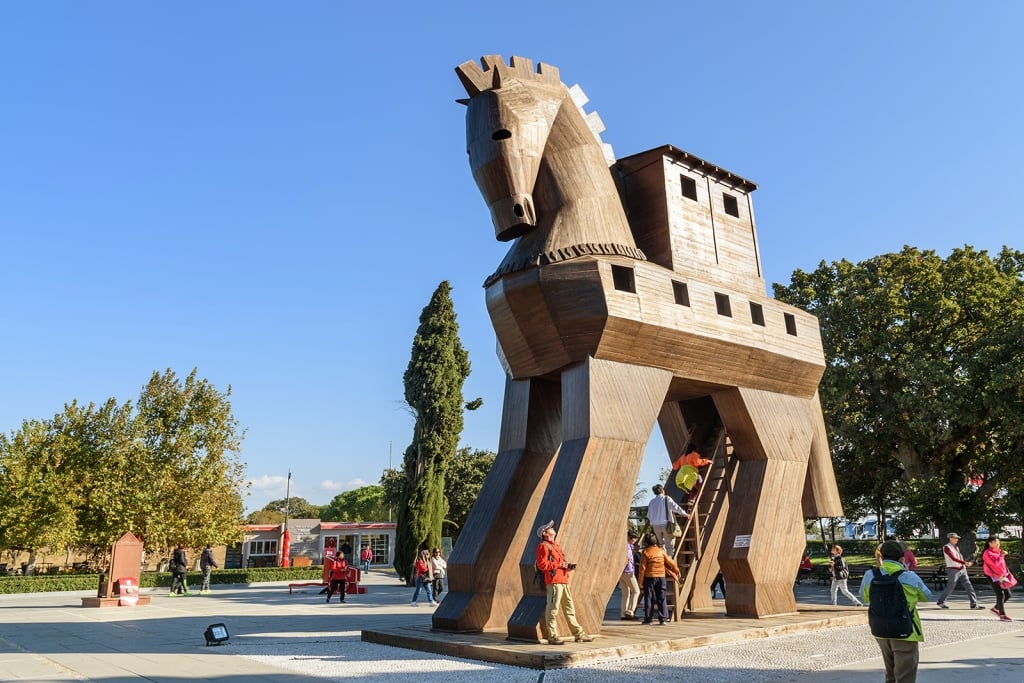
Achilles
Finally, we arrive at Achilles, the greatest warrior to ever sulk the land. Yes, that is right. He was a sulk. He was a sulk in the way that he did not participate in most of the war. And yet…and yet he was godlike. He was godlike in the sense that he was invulnerable from all injury, lest it comes to the ankle. Thetis, his mother, dipped him into the River Styx by the ankle, and thus we have the birth of a great warrior. Fun fact: if one fully emerged in the River Styx, it meant death. So here we had a man blessed by the gods with near-immortality who was torn apart over losing a “war prize” to the King of Mycenae, Agamemnon himself. It is worth placing him apart from the Greeks as he was his own man. He never really fought alongside the Greeks in the Trojan War, but rather participated on his own terms and on his own time.
#2 Preexisting conflict, vanity, and strategy led to the war
Homer’s Iliad describes two factors that attribute to the great strife between nations. First, we have the abduction of Helen of Sparta by Paris of Troy and his refusal to return her to Menelaus. Menelaus went mad with rage and sought revenge and so declared war on Troy to win her back. Thus, in this instance, the Trojan War is a result of vanity and conceit. Second, the king of the gods, Zeus, believed the world was overpopulated and thus influenced the mortals to wage war. In doing so, the population would decrease, and Zeus would be satisfied. Third, the Greeks wanted the city of Troy, anyways, for trade routes and its strategic position in the Aegean Sea.
#3 Many factors, not just one, led to the war’s end
Many factors all compiled together led to the results of the Trojan War. However, let us focus now on one in particular—Briseis. Quite ironically, we arrive at another instance of someone “taking” something that doesn’t “belong” to them. When Achilles sacked Briseis’ home city, Lyrnessus, he took her as a slave. Apollo compelled Agamemnon to give up a slave of his own at the time, Chryseis, and then demanded Briseis as his own. This began a long conflict between Agamemnon and Achilles. So, there we have it; the Trojan War of Homer’s Iliad was full of love affairs, slaves, and an absurd amount of testosterone.
When Agamemnon later saw that the Trojans were gaining the advantage in the war, he pleaded to Achilles to join them. Achilles refused because of his loss of Briseis, and thus did Patroklos, a very close friend of Achilles, decide to fight on Achilles’ behalf, leading his armies against Troy. The Iliad tells how Apollo rendered Patroklos defenseless, which in turn left him vulnerable for Hektor to take his life. Achilles, driven mad by the desire for revenge, joined the fighting and sealed the fate of the Trojan War. He killed Hektor, the prized warrior of Troy, and thus left them weakened. So, what we have here is yet another showcase of both sides of the war taking something from the other and fulfilling their revenge.
Later in the final days of the war, Greek commander Odysseus concocted the plan to sneak into the city with walls rising to 9 meters by way of Trojan Horse. However, this is not made known until the Odyssey. There is actually no mention of a Trojan Horse in the Iliad. The Greeks may very well have lost the war had this plan not come into being. The Greek soldiers gathered inside the massive horse construction with the hopes that the Trojans would take it as a peace offering and gift. When night befell soon thereafter, and the Greeks had successfully infiltrated, they snuck out of the horse and sacked the city.
Duration: 1h 20min
#4 Some Greek heroes endured
In the final hours, Paris killed Achilles with an arrow shot to…you guessed it, the heel. Thus we have the term, “The Achilles Heel,” today. Odysseus made his way back to Ithaca by sea, taking 10 years to do so. This is the story of the Odyssey. Menalaus returned to Sparta with Helen and reigned for a time. Agamemnon returned to Mycenae but was killed by his wife and her new lover, Aegisthus, in a ceremonial bath prepped for him.
#5 The surviving Trojans escaped
King Priam was killed on an altar dedicated to Zeus by Neoptolemus, the son of Achilles, though not until the fall of Troy. Paris was later killed by Philoctetes, most ironically also with arrows, with one going through his right eye. Now is where our dear fellow, Aeneas, came into play. A central character in The Aeneid, Aeneas was said to be the ancestor of the legendary Romulus and Remus, who are the founding fathers of Rome. Aeneas led the surviving Trojans from the war first to Crete, then to Italy, where they are said to have discovered Rome.
So, there we have it—a great story of passion and revenge and tragedy.

#6 There are actually multiple “Troys”
Since ancient times, a site in northwest Turkey called Hisarlik is identified as being an identical Troy we all now know about. Evidence shows that after each city was destroyed, a new one was built atop the prior. This is why we are talking about Troy VII as the tier of which the Trojan War occurred. In 1873, the site was excavated, and it was discovered by Heinrich Schliemann as having a cache of treasures including swords and spears, coppers and bronzes, gold and silvers. Schliemann thought this was a treasury of King Priam, but in the decades that followed the 1870s, these treasures were realized to be from far before Priam’s time.
#7 Archaeologists may have uncovered some truths
Archaeological evidence now shows that Troy VII (the 7th tier of Troy) was sacked and burned in 1190 BC, which is about the same time Homer accounts for the war. This evidence strongly suggests the ruins of Troy VII are a result of a war of some sort. Interestingly enough, Mycenae was under much strife before the Trojan War, which is what some historians believe to be the real cause of war. However, the controversy mainly regarding whether Homer told true or not appears when a closer look at the cracks in the walls. They suggest an earthquake around 1300 BC following an attack that destroyed the city. We have a discrepancy in the timeline. If the earthquake came in 1300 BC, that is 110 years before when the city was said to have been attacked by the Greeks. If it was rebuilt, as some evidence suggests, then sure, we have a Trojan War. But if not, it is hard to imagine a standing city if it was destroyed by the earth itself.

Whether our heroes roamed our world or not, it can be said that their names will continue to live on—a testament to their own intentions. What’s more, their tales and heroics and histories may actually be seen if you visit the ancient site in Turkey. And while you are there, be sure to make the best of your experience with Clio Muse!
Check out the self-guided audio tour “The Mysteries of Ancient Troy” Who knows what secrets will be unlocked…Who knows what mysteries will present themselves to you…Let’s see! Happy touring!


